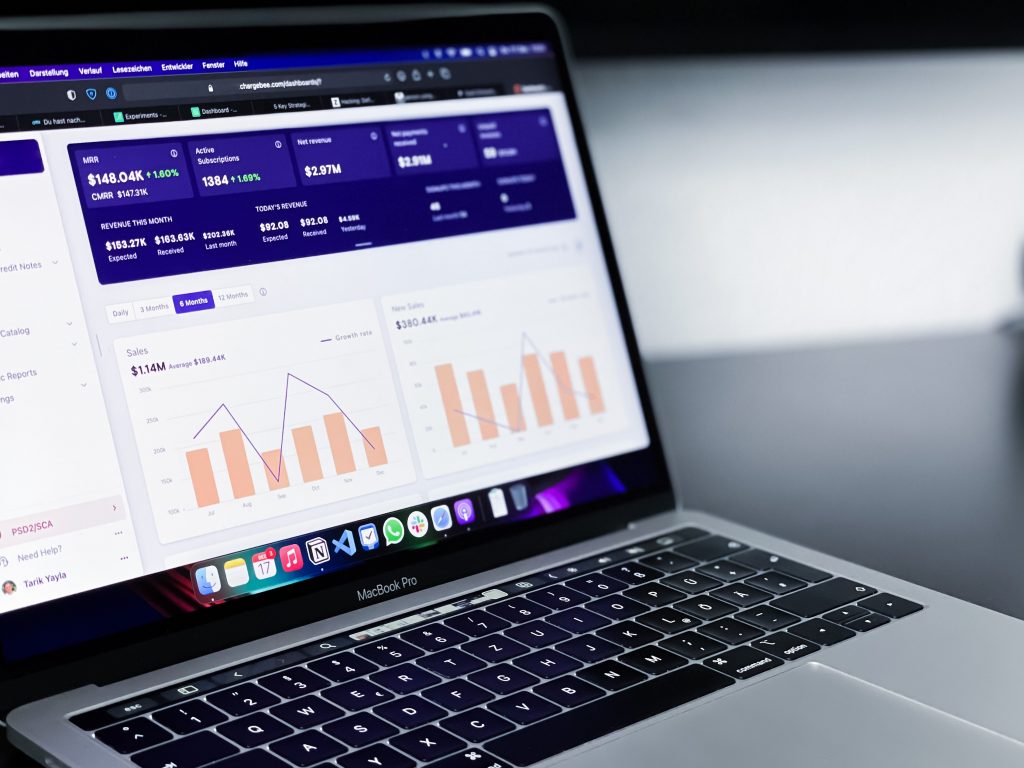As mentioned in a previous post, I will be expanding the concept of an Analytics/Business Intelligence project by outlining a recommended approach for integrating with an analytics tool that provides Business Intelligence and can work with Big Data.
1. Elicit the problems and objectives for the project.
Every project requires this type of elicitation, but nailing down the Business Objectives Model for an analytics project is exceptionally important. The objectives for your project should be determined prior to evaluating vendors for analytics tools. A key piece of your objectives should answer whether the project is real time predictive analytics, big data analysis or both. By determining which type of analysis your stakeholder wishes to accomplish, you will be able to narrow down your vendor search. Along with eliciting these points, spend time outlining the timeline for delivery and integration with the vendor and set specific dates at which vendor analysis and demos must be completed.
2. KPIs and metrics
During your elicitation sessions, it is crucial to discover the KPIs and metrics that will be measured after the analytics tool has been integrated. As mentioned in my previous post, analytics projects require specific decisions. Determining the metrics will allow you to expand the list of decisions. Each metric should have a decision that is made from it.
3. Document the decisions that will be made around the objectives.
Along with decisions made from KPIs and metrics, the output actions of the analytics tool must also have associated decisions. Questions about how and why the tool dashboard will be leveraged must be answered. What will be the decisions made from reports run in the tool? As you continue to document the decisions, make sure it include future state decisions that will be made post-integration. What will change once the analytics are in place?
4. Use cases, research and tech specs
Once you have an outline of the necessary analytics tool functionality, begin documenting use cases. Beginning with the feature tree created at the begining of the project (see my previous post), start drafting user stories that pertain to each feature. The analytics team or business are examples of users.
Using the models created earlier, beginning creating a spreadsheet of features, systems to be integrated with, data pieces that will be leveraged and data flows affected. Rank each vendor based on the capabilities. It may also be helpful for your architects and developers to see the technical specifications for each vendor, so make a point to find and store this information.
5. Gather requirements for Analytics Tool
See Joy’s whitepaper on writing analytics requirements.
6. Analytics Requirements Document
Lastly, bundle all drafted items into an analytics requirements document. Use this document to plan and execute demos with the top 3-5 vendors selected from the ranking spreadsheet. Create a scorecard that will be used to fairly rank the top vendors, and analyze the results to determine which vendor to select.
Have you participated in an analytics tool vendor selection project? Let us know!




